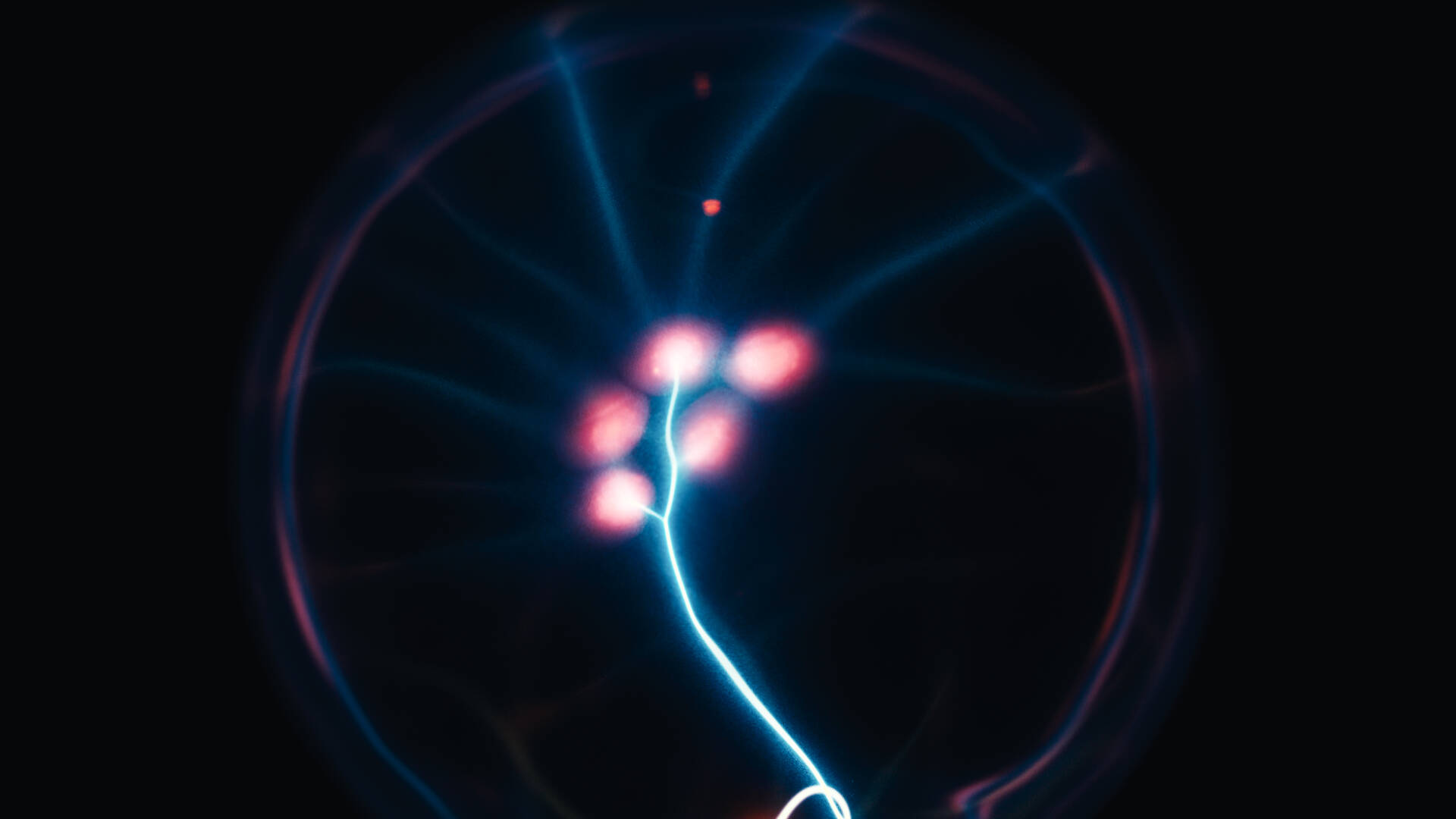
Collaborative article between Shamusic and Adelardo Lopez
The creation of a musical work is a reflection of an artist’s creative and emotional effort. Completing a song is an important milestone, but this creative achievement brings with it an equally crucial challenge: how to ensure that this work is effectively protected? In a context where technological innovation is advancing by leaps and bounds, the answer is not always simple. This dilemma, which affects artists around the world, is compounded when two people claim authorship of the same work and register it on different platforms.
To better understand this challenge, let’s consider a practical scenario. A composer decides to register his work on Shamusic, a platform that uses blockchain technology to generate a certificate of ownership with a timestamp that guarantees the integrity and authenticity of the registration. This certificate, in theory, provides priority to the author by protecting his creation under the parameters offered by the blockchain. Subsequently, another person registers the same song in the Intellectual Property Registry of his country, using the traditional official registration process. In this context, a critical question arises: who has priority over the work?
The Importance of Timestamping in Blockchain
Blockchain technology plays a key role in this competition for intellectual property rights. Unlike traditional methods, the blockchain is a decentralized and immutable record, meaning that the information stored on it cannot be retroactively altered. Each transaction or record is linked to a verifiable timestamp that acts as proof that the event occurred at a specific time. This aspect is key in intellectual property disputes, as it establishes an objective criterion to determine who registered the work first.
The example of the author using Shamusic to register his song shows us one of the main advantages of blockchain technology: the registration issued by the platform includes a certificate with an immutable timestamp, which serves as objective evidence of the creation and early protection of the work. This timestamp becomes a crucial piece of evidence when another person tries to register the same work through a traditional system, where the validation of the moment of creation can be more ambiguous.
The Figure of the Technological Expert: A Determining Role
When disputes arise over the ownership of a work, the role of the technology expert becomes essential to unravel the complexities of the case. The expert witness has the ability to analyze the blockchain record and confirm the validity of the timestamp, which provides hard evidence that a work was recorded at a specific time. This ability is a key tool in legal disputes, as the expert can interpret the technical information and present a clear and understandable analysis for the courts.
The blockchain not only records the creation of the work, but also guarantees its immutability. This means that, once registered, the information cannot be modified, which adds an additional layer of protection and legal certainty. In a copyright trial, this type of evidence becomes a decisive factor in determining the priority of the registration. A technology expert can corroborate the authenticity of the registration and the timestamp on the blockchain, validating the veracity of the original author’s claim.
Is Blockchain the Future of Intellectual Property?
The integration of advanced technologies such as blockchain into platforms like Shamusic represents a disruptive change in the way intellectual property rights are managed and protected. Traditionally, IP registrations have relied on national or international offices handling large volumes of applications, which can lead to delays and ambiguities. In contrast, the blockchain offers a decentralized, fast and transparent system that can significantly streamline the process of registering works.
In addition, the immutability of the blockchain offers a key advantage in lawsuits and legal disputes. While conventional records may be subject to clerical errors or manipulations, the blockchain provides a permanent and unalterable record, which strengthens the position of the original creator in any copyright dispute.
Final Reflections: Protection and Transparency
In the digital age, intellectual property protection is more complex than ever, but technologies such as blockchain offer innovative solutions that significantly improve the security and transparency of the process of registering artistic works. The ability to establish a verifiable timestamp and maintain an immutable record through platforms such as Shamusic can be a determining factor in ensuring that creators’ rights are respected.
For emerging artists, especially those navigating the global digital landscape, understanding the importance of registering their works on platforms that employ cutting-edge technology such as blockchain can make the difference between losing or maintaining ownership of their creations. With the help of technology experts, these processes can be clarified, making blockchain an essential tool in the defense of intellectual property in the 21st century.
In short, competition for intellectual property can be a field full of uncertainty, but the collaboration between technology platforms such as Shamusic and the work of technology experts offers a clear path towards the protection and respect of creative rights.

